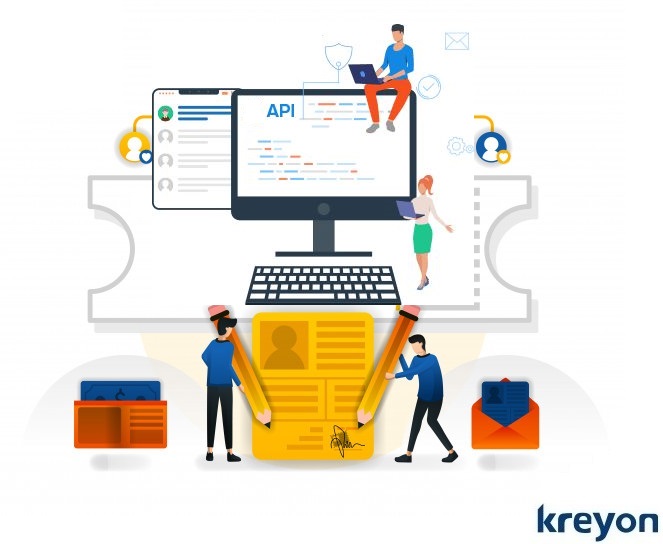SaaS Product Value: 5 Essential Elements for Unleashing Quick Wins for Customers

SaaS product value can be unleashed by making your customers successful. A customer chooses to sign-up on our product because they are looking to achieve some goal or they are frustrated with the current state of affairs. By unleashing quick value for your customer, you can help them turn around their frustrations into successful outcomes for them.
SaaS product value can be achieved by companies who have a deep appreciation of their customer goals, activities, tasks, jobs to be done, desired outcomes and company goals. When companies understand the context of their customers, they can help them achieve quick wins with their product.
The only way your customers are convinced about your product is by getting value out of it with minimal efforts on their part. Here’s a look at how companies can help their customers achieve greater value with their SaaS product.
1. Understand What Your Product Replaces
If your marketing team is unable to position the product correctly, the customers wouldn’t be interested in trying your product. The positioning of the product can be best established by understanding what your product replaces. For e.g. an appointment scheduler like Calendly replaces the need for manual steps for setting up appointments. It replaces your back and forth email exchanges for appointments.
Every product makes the users more efficient, productive and fast. But specially where does your product fit in your customer’s environment? Your accounting software could be replacing their book-keeper or the need for a CPA, your reports can eliminate their need for hiring a tax preparer etc. Your product context is best understood by the services it performs for your customers.
2. Jobs Your Product is Hired For

Do you understand the job functions for your product? A useful product helps companies with the jobs they are hired for. Take an e.g. of the AI based HR software, it helps companies with the due diligence on employees, their skills, background and project fit. Essentially it performs the job of the HR manager with a data driven approach. It helps to iron out biases in hiring.
When companies are using your product, they’re using it to do their job and functions. A payroll product is hired for preparing the payroll for employees and managing the compliance work for the organisation. It’s job is to generate the payroll at specified frequencies with all deductions, reports and functions as per the law of the land.
Asking new signups what they’re trying to achieve with your product can be very useful. When you know what users want from your product, you can guide them to achieve those things in an easier way. The tasks or activities that are being carried out using the product need to be understood well to design a good product.
3. Most Important Customer Outcomes
Digital tools and services have rendered customer driven obsolete, customers need an outcome driven approach today. It means customers are more focused on achieving tangible outcomes for achieving their goals not just use your product.
What are the desired outcomes your customers are looking to achieve?
Is your product better at helping customer achieve those outcomes than your competitors? How?
Does the customer outcome score high on priority for them?
Customer outcomes are metrics used by customers to measure something. For e.g. implementation of an ERP could help them reduce their overall manufacturing costs by 10% and use of marketing tools can help them increase revenue by 20%.
Companies need to understand how customers define success and how their product can assist them in reaching those outcomes. Your product cannot address all the desired outcomes, but if captures the most important desired outcomes of your customers, it can make a big difference.
When the desired customer outcomes are evaluated, it is important to understand what metrics customers are looking for to assess things. For e.g. when using a marketing software, companies don’t want more leads, but more revenue. The quality of customers, their locations and profiles are more important than the sheer numbers. A good marketing software will be designed to deliver the desired outcomes of their customers.
The internal metrics defined for achieving the customer outcomes could be misleading. They could miss the context of the customer. But when the desired outcomes are spelt out with clarity by the customers, companies can see the exist gaps and build good products to address these.
4. What Your Product Cannot Do

One of the most elemental reasons for failure of SaaS products is the build trap to do everything. Most customers ask for features that your product does not have.
It is a polite way of telling you that we don’t need your product. However, some companies mistake this the customer need and start building the features to satisfy them.
But this loop is endless. Customers keep demanding endless features. And if there is no overlap in the needs of customers and the goals of your products, the resulting features will create more problems than they solve.
If 90% of your customers need something that is in line with your product roadmap, it could be a great addition to the product. You will save millions in research and development expenses. But when customers want features that are not aligned, relevant and useful for majority of the customers, you have to tread carefully.
In essence, it is equally important to draw the boundaries of what your product cannot do for the customers. For e.g. an accounting product that does not generate payroll compliance reports could simply integrate to a product like Gusto. It can offer that choice to its customers. Your customers will love your product more when it offers them fully functional integrations that can take care of their needs. Half baked and too many unrelated features will leave users frustrated.
When customers are signing up, know what they are looking to achieve from your product. If they want something that your product cannot offer at this stage, it is better not to sign up those customers.
5. Time Spent Vs Goals Accomplished
Most products track the wrong metrics for understanding their product engagement. If you simply track the time since users signed up, it could give you misleading information. For e.g. if a user signs up and doesnt use your product for 2 weeks, time is inconsequential here.
Good products track the progress of the users, their product interaction and help them achieve their goals proactively. When the user leaves the product, your emails will simply be marked spam. When the user is still active and willing to explore, communicating proactively makes the difference.
Understand goals of your customer for designing better products for them. For e.g. if your user is looking to generate all finance and accounting reports from your system, then tracking time spent by the user is not a good metric. You want your customer to do it as quickly as possible.
You can take link their accounts and provide them the reports they’re looking for the click of the button. Even have them sent to the users as per their needs like month end accounting reports etc.
Activity and goals that the customers achieved using your product are important. The usage metrics of your customer should help you customize your communication for them.
For e.g. if a user is looking to set-up automation of their financial reports, gets stuck and leaves the platform. Your email messages telling them that 7 days left for expiry of your product will make them mad. However, assisting them to set-up and complete financial reports will engage them and add value for them.
Kreyon Systems is a SaaS product company. If you have any queries for us or need help in building enterprise software products, please reach out to us.
